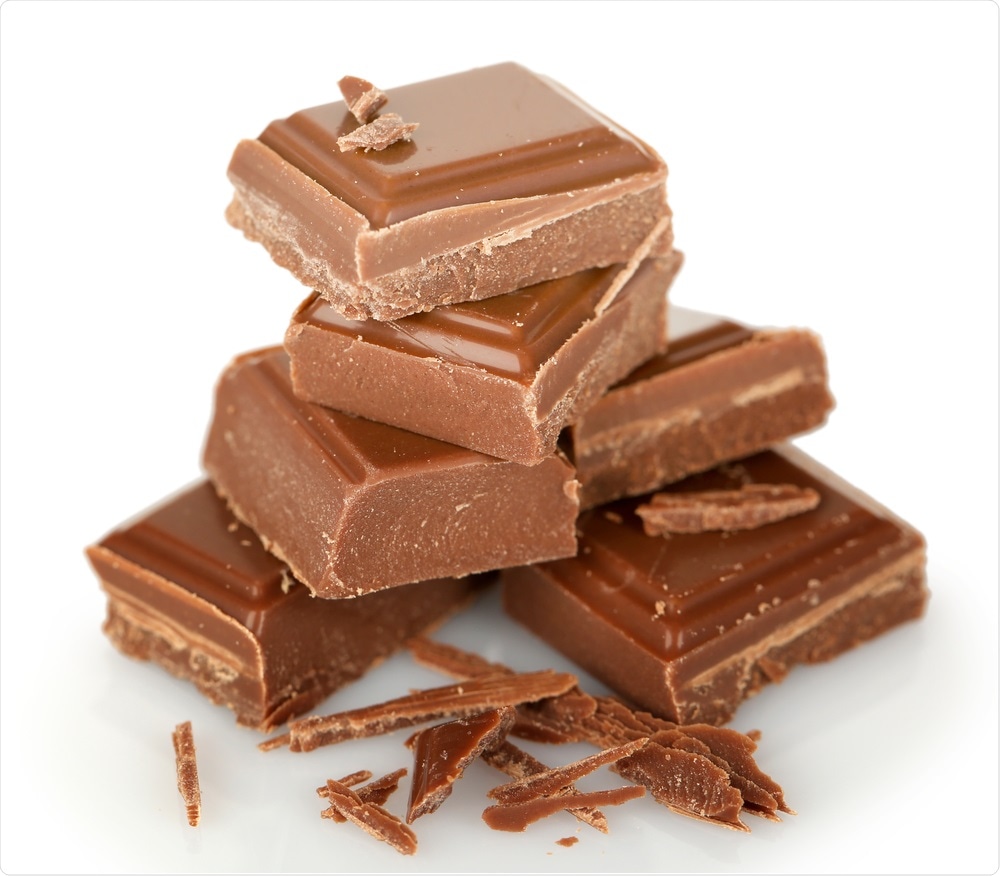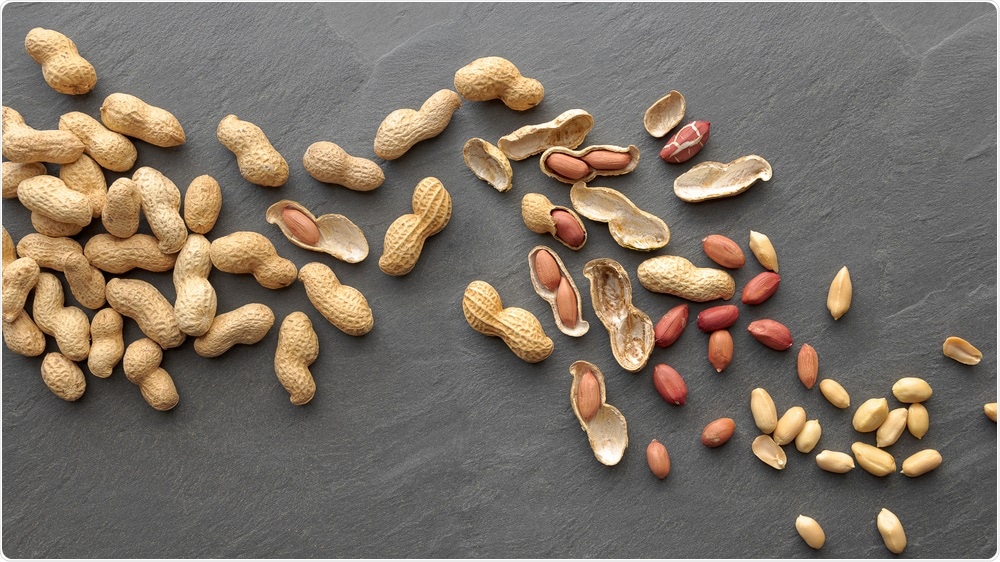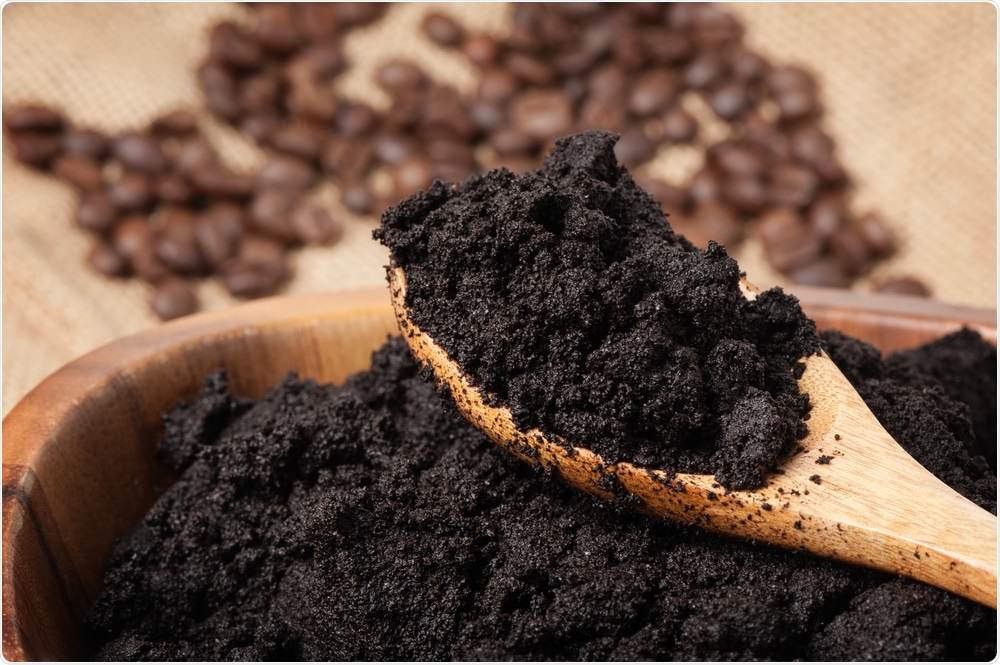AZoLifeSciences speaks to Dr. Lisa Dean from the USDA about their latest research into milk chocolate, and how they have created antioxidant-boosting milk chocolate using peanut skins.
What made you research milk chocolate and its alternatives?
My study was to develop applications for a functional food ingredient made from peanut skins. Due to the allergenicity of peanuts, it was necessary to only use it foods that people commonly associate with peanuts.
As 5 of the top ten most popular candy bars in the US contain peanuts and the chemical compounds in the ingredient are similar to those in dark chocolate, milk chocolate seemed to fit the criteria. Milk chocolate is also liked better by consumers than dark chocolate.

Image Credit: Africa Studio/Shutterstock.com
What are phenolic compounds and what are their benefits to human health?
Phenolic compounds are small molecular weight molecules that contain carbon chains or ring structures with hydroxyl groups attached.
What makes phenolic compounds bitter?
This is due to the activation of the taste receptor cells that determine bitterness located in the epithelia of the tongue and the palate.
Small molecules like the phenolic ones are able to activate more cells. The astringent feel is due to the binding of the compounds to salivary proteins, often to the amino acid, proline.
Why did you choose to research peanut skins in particular?
The commodity that is the focus of my research is peanuts. Peanut skins are a waste product of the process to make peanut butter and other products.
They are a disposal problem for the peanut industry and it would be a great benefit to the industry to find uses for them.

Image Credit: dropStock/Shutterstock.com
Can you describe how you created your antioxidant-boosted milk chocolate?
The peanut skins are extracted with a mix of ethanol and water. The phenolics dissolve into the solvent. The rest of the skins, mostly fiber do not. The liquid with the phenolics is filtered off. The liquid is spray dried to a powder after adding maltodextrin to the mix. This produces a dry powder.
We used milk chocolate that is used to coat candy. The chocolate was melted, the powder thoroughly mixed in and then the molten chocolate was poured into molds to make candy squares about an inch in diameter.
Does this milk chocolate resemble and still taste like normal milk chocolate? What did your results show?
Our sensory study with milk chocolate consumers showed that the majority of consumers could not tell the difference between the candy with the ingredient and the candy without until the level added was above 2.5%. That gave an antioxidant activity measurement of above that of dark chocolate.
Many people suffer from peanut allergies. What other potential phenolic compounds could be incorporated into chocolate milk?
We are currently testing extracts from coffee grounds. Tea, soybean hulls, grape pomace among others also contain these types of compounds.

Image Credit: Nor Gal/Shutterstock.com
What further research needs to be carried out before this chocolate could potentially hit supermarket shelves?
The process would need to be scaled up to an industrial level. Clinical trials would be needed to validate any marketing claims.
What are your next steps in your research into phenolic compounds?
Using coffee grounds as a functional ingredient to bakery products.
Where can readers find more information?
My agency website has links to the publications on this project and others involving peanuts. https://www.ars.usda.gov/people-locations/person?person-id=21325
A good source of information about peanuts is the American Peanut Council website. https://www.peanutsusa.com/
About Dr. Lisa Dean
Lisa Oehrl Dean is a Research Food Technologist with the Food Science and Market Quality and Handling Research Unit (FSMQHRU) of the Agricultural Research Service (ARS) of the United States Department of Agriculture (USDA) and is stationed at the Department of Food, Bioprocessing and Nutrition Sciences at North Carolina State University in Raleigh, NC, where she holds a courtesy appointment as a Professor.
Prior to this appointment, she served as a Support Scientist with the USDA in the same Unit. With the Unit, she has 20 years of experience in the field of peanut science researching nutrition, flavor, and bioactive compounds. Before this, she was employed as the Senior Food Chemist with a contract analytical laboratory in NC.
She has also worked as a physical science technician with the National Institutes of Health (NIH) and as a spectroscopist in the field of high-temperature ceramics. She holds a BS in Chemistry from Towson State University, an MS in Food Science from the University of Delaware, and a Ph.D. in Food Science from North Carolina State University. She has published in the field of food science on nutrient and fatty acid content of peanuts, sweet potatoes, cut flowers, and soybeans, among other topics.